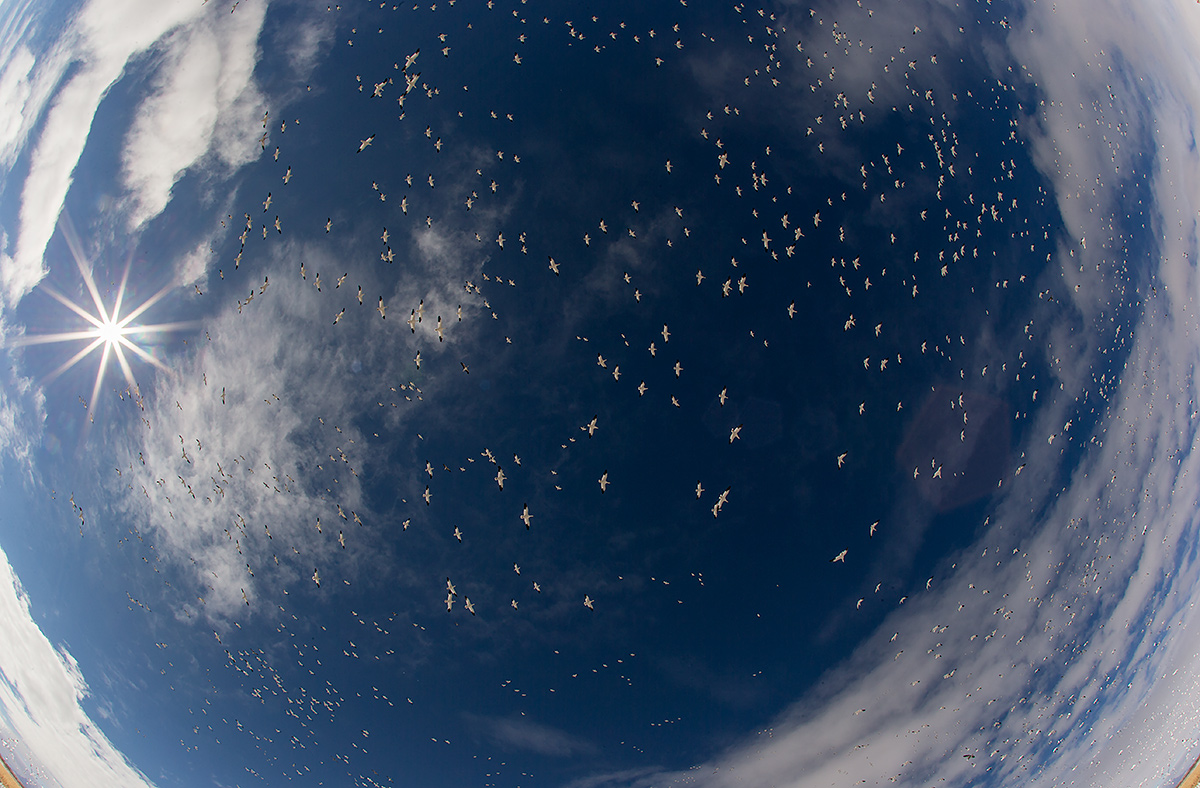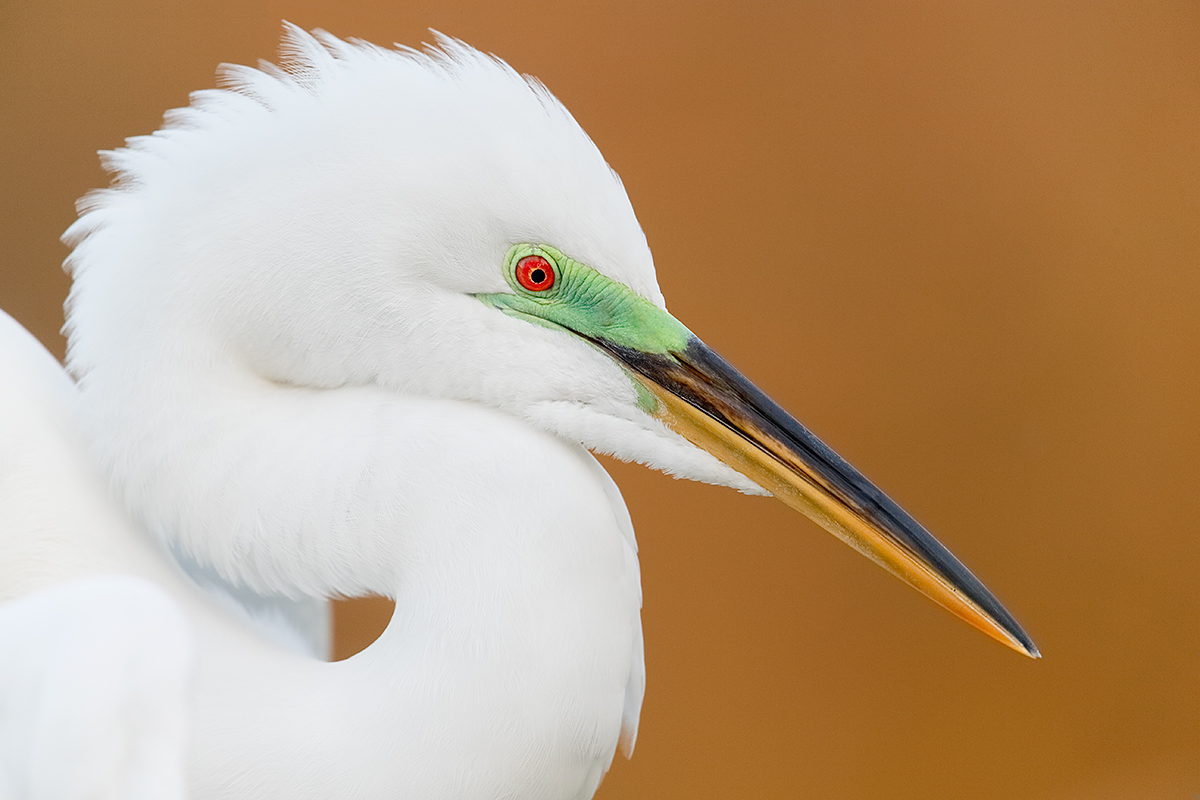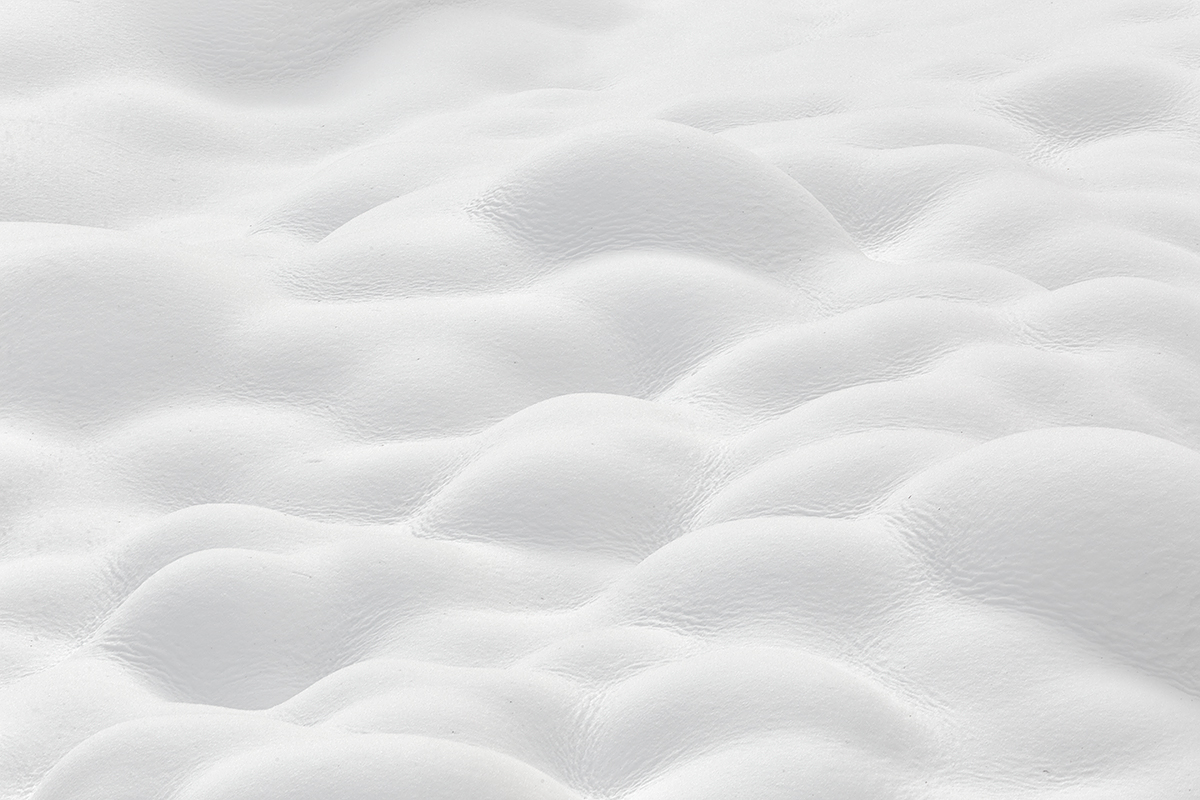116
This post marks 116 straight days with a new educational blog post. With so many folks getting in the habit of using our B&H and Amazon links why quit now? To show your appreciation for my efforts here, we do ask that you use our B&H and Amazon affiliate links for all of your B&H and Amazon purchases. Please check the availability of all photographic accessories in the BIRDS AS ART Online Store. We sell only what I use and depend on. We will not sell you junk. We know what you need to make creating great images easy and fun. And we are always glad to answer your gear questions via e-mail.
You can find the following items in the store: Gitzo tripods, Mongoose M3.6 and Wimberley heads, plates, low feet, and accessories, flash brackets, , Delkin e-film Pro Compact Flash Cards, LensCoat products, and our unique line-up of educational materials including ABP I & II, Digital Basics, Site and Set-up e-Guides, Canon and Nikon Camera Users and AF e-Guides, and MP-4 Photoshop video tutorials among others.
We would of course appreciate your using our B&H and Amazon affiliate links for all of your B&H and Amazon major gear, video, electronic, household, and personal purchases. For the photographic stuff mentioned in the paragraph above we, meaning BAA, would of course greatly appreciate your business. Here is a huge thank you to the many who have been using our links on a regular basis and visiting the BAA Online store as well.
This blog post took 2 hours to create. Enjoy!
Answers Old & New
In an effort to have this blog be interactive, I ask lots of questions. At times, I am remiss in following up on them. Today’s post is designed to rectify that. Working from newer to older.
|
This Snow Geese image was created with the Canon 15mm fisheye lens (now replaced by the Canon EF 8-15mm f/4L Fisheye USM lens and the Canon EOS-1D X. ISO 400. Evaluative metering -1 1/3 stops as framed: 1/400 sec. at f/22 in Av Mode. Color temperature: 7000. Central Sensor/Surround/AI Servo/Rear Focus AF as framed active at the moment of exposure. Click here to see the latest version of the Rear Focus Tutorial. Click on the image to see a larger version. |
Image Questions
In, The Photoshop CS-6 Basic Tab “Tonal Adjustment” Sliders blog post on 21 March, I asked with regards to the image above:
Why f/22?
With most but not all lenses, working at apertures of f/22 or smaller with pinhole light sources will yield pleasing starburst patterns as seen in the image above. With longer lenses, it helps if the sun is just peeking above a mountain ridge or through some leaves. Remember, you do not want to be pointing longer focal length lenses at the sun when it is out at full strength. I’d say that you’d want to stay away from anything longer than 100mm to ensure that you not damage your retina. Elinor Osborne got this correctly in her comment.
Why -1 1/3 stops?
Though the sun is bright it is well off center and relatively small in the frame. Thus, it does not have any great effect on the meter reading. What the meter is seeing and influenced by is that huge dark blue sky. Remember that the blue sky directly overhead is about two stops darker than the sky near the horizon; I needed to under-expose from the meter reading to prevent blowing out the WHITEs of the geese and to bring the sun into a manageable range. Mission accomplished.
BAA Fine Art Prints
In the same post, Sharon Hallowell left this comment: “I really love this image and have come back several times to view it! Where would I look to purchase this as a print?
All BAA images are available as either traditional photographic or canvas prints. We offer a great variety of sizes and all are signed by yours truly. To purchase a print as a gift or for your home or office, or to learn more, click here.
Exposure Questions from “What’s So Funny?”
In the What’s So Funny? blog post, I needed 1 2/3 stops of underexposure for the preening Great Egret image to avoid burning out the rim-lit WHITEs. The dark, shaded background would influence the meter towards overexposure.
With the Brant’s Cormorant image the exposure danger was the possibility of over-exposing the almost fluorescent blue of the bird’s gular sac. Best way to avoid that is to work in Manual mode, make a test image, and check for blinkies on the gular sac highlights.
|
This image was created with the Gitzo 3532 LS carbon fiber tripod, the Mongoose M3.6 head, the Canon EF 600mm f/4L IS II USM lens, the Canon 1.4x EF Extender III (Teleconverter), and the Canon EOS-1D X. ISO 800. Evaluative metering +1 stop as framed: 1/200 sec. at f/5.6 in Manual mode. Color temperature: AWB.. Two sensors to the left and two sensors above the central sensor/AI Servo Surround/Rear Focus AF active at the moment of exposure. Click here to see the latest version of the Rear Focus Tutorial. Click on the image to see a larger version.
|
Head Hunting Tips…/My Favorite
Though I liked all three Head Hunting Tips… images, my favorite, like most of you, was #3, Yellow-buff Background (above). Like the other 2 images it featured a gorgeous breeding plumage Great Egret, but I loved the soft light and the killer background colors. To attain those I had to raise the tripod by pulling the legs in and then carefully choosing my perspective.
I wish only for 1 degree more of head turn towards us.
|
This image of a snowy-covered hillside was created at the Snow Monkey park with the Gitzo 3532 LS carbon fiber tripod, the Mongoose M3.6 head, the Canon EF 70-200mm f/2.8L IS II USM lens, the Canon Extender EF 1.4X III (tripod-mounted at 175mm), and the and the Canon EOS 5D Mark III . ISO 320. Evaluative metering +1 2/3 stops as framed: 1/60 sec. at f/20 in Av mode was a big underexposure. (See the Animated GIF below.) AWB. Central sensor/Rear Focus AI Servo AF 1/3 of the way into the frame and re-compose. Click here to see the latest version of the Rear Focus Tutorial. Click on the image to see a larger version. Image #1: Sensuous Snow Curves |
My Favorite/Simplicity, Undoing the BLUEs, and More…
In Simplicity, Undoing the BLUEs, and More…, where all who responded preferred Image #2: Tree Stand on Snowy Ridge, I liked both images equally. For me, the soft light and sensuous curves in image #1 are quite special.
Mint Canon 800mm f/5.6L IS & 400mm f/4IS DO Lenses for Sale
Friend and multiple IPT veteran Larry Master is offering a mint condition Mint Canon 800mm f/5.6L IS Lens for sale for $8750. This great lens, my favorite for 3 years, the Canon EF 800mm f/5.6L IS USM lens, sells new at B&H for $13,218.00. Yesterday they were offering one in mint condition for a ridiculous $10,249.90; it sold overnight. Go figure. Larry’s lens will save you a ton of dough and you will have a great lens with lots of reach. Larry is selling the lens as he purchased the 600 II on my advice.
The sale includes a Lenscoat, an Aquatech soft lens cap that fits like a glove, a Kirk Enterprises LP30 plate (not recommended by me), the lens trunk and leather cover, and insured shipping by UPS Ground to US addresses only. Personal checks only; your new lens will be shipped only after your check clears.
Larry is also offering a Canon 400mm f/4 IS DO lens, used perhaps twice since it was purchased new, in absolute mint condition for $4799. It retails new for $6,499 at B&H.
The sale includes the fabric lens case, all original materials, a LensCoat, and insured shipping by UPS Ground to US addresses only. Personal checks only; your new lens will be shipped only after your check clears. I owned and used a 400 DO for years; at 4.28 pounds it is a great lens for folks wishing to gain extra reach without excessively heavy gear…. I used it often with both TCs and made sharp images.
Interested folks may contact Larry on his cell phone at 518-645-1545 or via e-mail.
Gatorland Short Notice Saturday Full-Day In-the-Field Workshops
Saturday March 29 and Saturday April 4, 2014. 7:15am till 10:15am & 4:00pm till dusk. Lunch, image review, and Photoshop session included. Limit 6. Small groups are likely: $399. Both: $749.
The cost of your Gatorland Photographer’s Pass is not included.
Gatorland is so good right now that I am going back next Saturday (March 29). The Snowy and Cattle Egrets are in way early and there are many in full breeding plumage. Here’s the story: last week there were about two dozen photographers at Gatorland on Saturday past. Aside from two decent photographers–I can tell by where you are pointing your lens…, nobody had a clue as to how to make a good image…. Yesterday it was even worse; pretty much no one had a clue. Most folks just stand in one spot and point and shoot. Without regard for light angle or background. Join me on this, the 3rd Gatorland Short Notice Saturday Full-Day In-the-Field Workshop and you will learn to spot the good situations, to choose the best perspective, to see and understand the light, to get the right exposure every time after making a single test exposure, and to design pleasing images by mastering your camera’s AF system. A big part of the above is that you will learn how and why you must work in Manual mode 90% of the time at Gatorland. That is exactly what Jim Weerts learned on Saturday past.
At lunch we will review my images, take a look at five of your best images from the morning session (for those who opt to bring their laptops), and process a few of my images in Photoshop after converting them in DPP. That followed by Instructor Nap Time. Last Saturday all 3 folks had a great time and learned a ton. And the weather for this coming Saturday is looking good.
Payment in full via credit card is due upon registering. Please call Jim or Jennifer at 863-692-0906 to register. Ask for me if you have any questions.
Last Saturday’s Gatorland Kudos
Via e-mail from Jim Weerts:
Thanks, Artie, for your kind hospitality, the Gatorland adventure, and sharing your expertise! I did indeed fall into it and for that I’m most appreciative. My father told me a long time ago that when I retire, I must retire to something else! Well, photography has filled the bill for me and the challenge to keep learning is the best part of it. You certainly pushed me hard last weekend and I hope to keep up with this adventure including with your blog. I did review the “Working in Manual Mode” material on your blog and will focus on this more as time allows.
The best part of the week-end included learning to look for the distractions in the background, understanding the wind direction and what it presents, and lining up my shadow with the target. Using Manual mode is a new favorite particularly with the changing situations like lighting, background and birds or wildlife. Learning new techniques with the 5D MK III (like rear focus and changing AF points), plus adding more knowledge about some of the rear buttons on the camera all added to the experience. Previously, I had not been able to make any changes on the fly that finally happening now, thanks to somebody teaching me how to do that! Beyond all of this, seeing the subject in new ways and new dimensions just opens up more fun! Thanks my new friend, for so much! I loved it! And “Thanks” for your talents! Jim Weerts
Lake Blue Cypress/Osprey Heaven with Jim Neiger
Jim Neiger and I are offering full day Osprey Heaven In-the-Field Workshops in early to mid-April. Possible dates are as follows: April 8, 9, 11, & 12, 2014. If you are interested please shoot me an e-mail; group size will be strictly limited to four hand holding photographers.
Support the BAA Blog. Support the BAA Bulletins: Shop B&H here!
We want and need to keep providing you with the latest free information, photography and Photoshop lessons, and all manner of related information. Show your appreciation by making your purchases immediately after clicking on any of our B&H or Amazon Affiliate links in this blog post. Remember, B&H ain’t just photography!




Amazon
Everyone buys something from Amazon, be it a big lens or deodorant. Support the blog by starting your search by clicking on the logo-link below. No purchase is too small to be appreciated; they all add up. Why make it a habit? Because I make it a habit of bringing you new images and information on an almost daily basis.
Typos
In all blog posts and Bulletins, feel free to e-mail or to leave a comment regarding any typos, wrong words, misspellings, omissions, or grammatical errors. Just be right. 🙂



















Hi Artie, Thanks for the advice on the fisheye shot. I was wondering when you would explain your choice of the -1 1/3 stops of underexposure. I found it very interesting and informative your logic behind the choice, and I would have to agree with it. I admit I would’ve overexposed and probably blown out the whites. I will keep that bit of info in my mind now. Thanks 🙂
YAW Scott. While I knew before I made a single image in that situation that I would need to underexpose, everyone has the histogram and blinkies at their disposal. I say all the time, “If you have ten seconds with constant light and you cannot come up with the right exposure you should take up knitting!’ artie
Hi, Artie, and thanks for these follow-ups. The images are glorious on second viewing as well. On pointing a lens at the full sun I would be more conservative than you. It’s not good even to look at the full-strength sun with the naked eye for more than a second or so. 50 mm would be about the same magnification as a naked eye on a full-frame camera, more on a crop camera, so 100 mm would be more dangerous. I think the right advice is don’t point a camera at the full-strength sun and certainly don’t look through the viewfinder at it. If the sun is within about one sun diameter of the horizon, then it’s less dangerous.
Hi David, You are likely correct. With the fish, I believe that I was fine….
Thanks, Artie. I agree about the fish-eye.